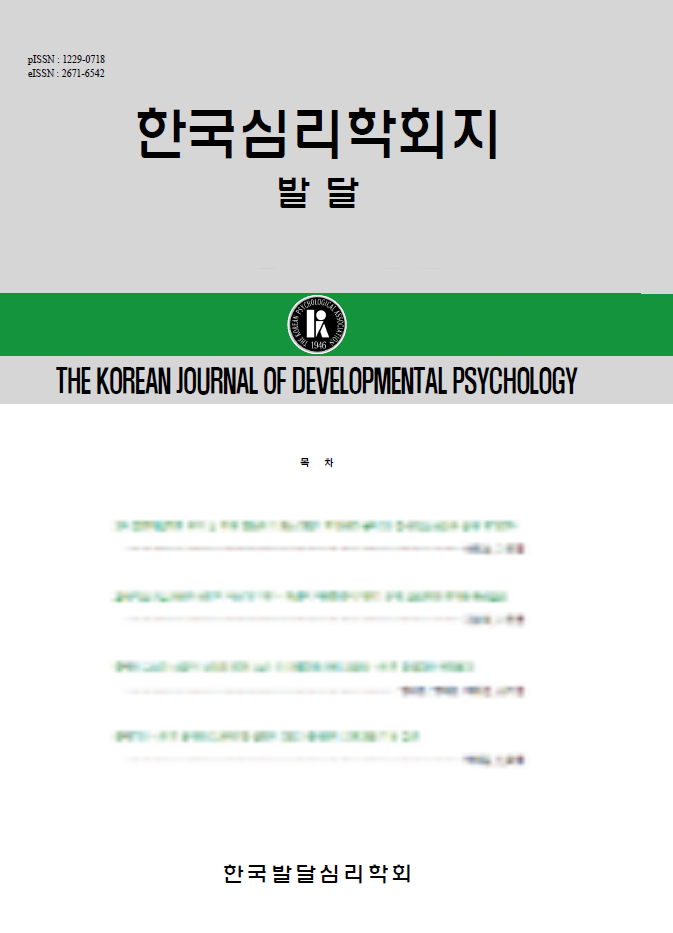open access
메뉴
open access
메뉴 ISSN : 1229-0718
ISSN : 1229-0718
A Child's language comprehension or performance capability has attracted much attention as an indirect indicator of his or her intellectual ability. The language development is clay related with his early experiences from the environment. His language competence and performance reflect the degree and quality of his social interactions and emotional experiences. This study sees the language ability as a basic skill in personal interaction and learning process, and focuses on the differences of the skill by the parents socio-economic level. The hypotheses on this study are as follows: First, female may be superior th male in language development level in terms of sex. Second, middle-upper classes children may be superior to lower class children in terms of language development. Third, compare to the middle-upper classes, lower closs may show more language development level difference in terms of sex. The samples, one hundred children of five and six years of age, were taken from ten kindergartens and nine daycare centers in the Kangnam and Kangbuk area of Seoul, equally distributed by sex and parents socio-economic status. The result shows that their language abilities are different by sex, age, and socio-economic group. The difference gap is bigger in the older age groups. Children from the middle-upper class families show significantly higher abilities than those from the low class; families, regardless of their age or sex. However, the interactive effects of age and sex with socio-economic factors are no present.
